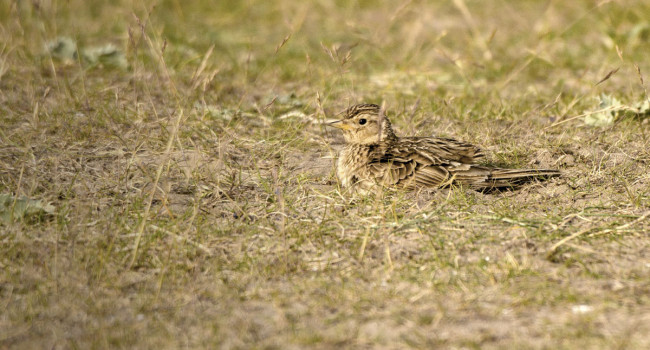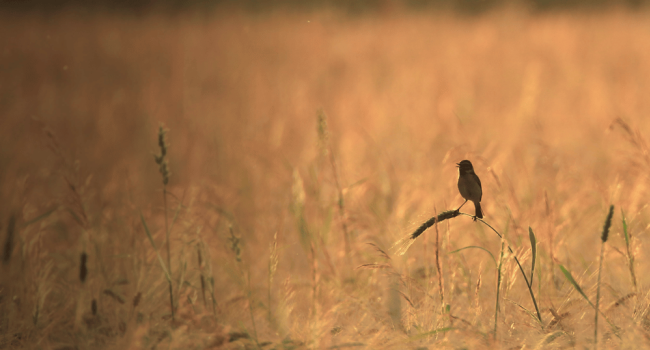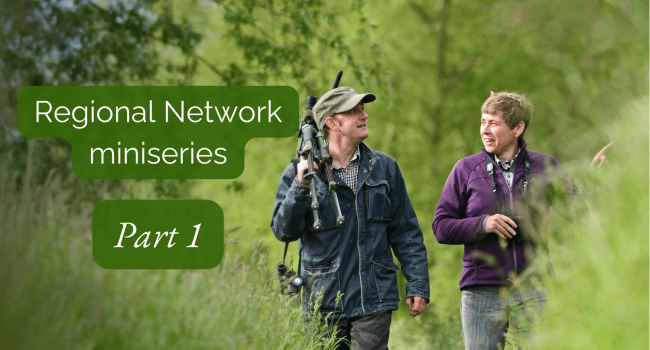Too wet to nest?
Data gathered by nest recorders helps us understand why some nests are successful and others are not. Recent BTO research has developed a method to analyse nest record data more effectively, and revealed some intriguing differences in the effect of rainfall on Blackbird nest success.
This makes coming up with unbiased estimates of nest survival and success tricky, especially when considering that the chances of a nest surviving differ depending on whether it contains eggs, or noisy chicks. Fortunately, there are statistical methods that enable us to overcome many of these problems, but they suffer from one problem. They assume that the dates when the eggs were laid and the chicks hatched and subsequently fledged are known. This though is rarely the case, since most nests are not visited every day. Recently our statistician Mark Miller has developed an extension of these statistical methods that enable one to account accurately for this imperfect information.
This new method was applied to the thousands of Blackbird nest record cards collected by BTO volunteers between 2003 and 2011. The study particularly focused on whether there was a difference between Blackbirds nesting in gardens and those nesting in the countryside. The results showed that the nest survival of Blackbirds nesting in suburban habitats was higher than in either urban or rural areas. There was also an effect of rainfall. In both town and countryside nests survived better when it was wetter, presumably reflecting better conditions for birds to find the soil invertebrates which make up much of their diet. However, in towns, nest survival was related to rainfall in the weeks preceding nest-laying, so a very immediate effect. In the countryside, by contrast, overall wetness of the soil, which is influenced by rainfall several months previously, was more important. This difference probably reflects the much greater run-off and drainage of surface water in urban areas (because of tarmac), whereas in the countryside moisture is much more evenly distributed in the soil.
As rainfall patterns are expected to alter as part of wider climate changes birds in different habitats are likely to respond differently, and some may be constrained in how they are able to do this. Nest recorders will continue to gather data to help understand these changes as we devise solutions to help our birds adapt to the changing environment.






Share this page